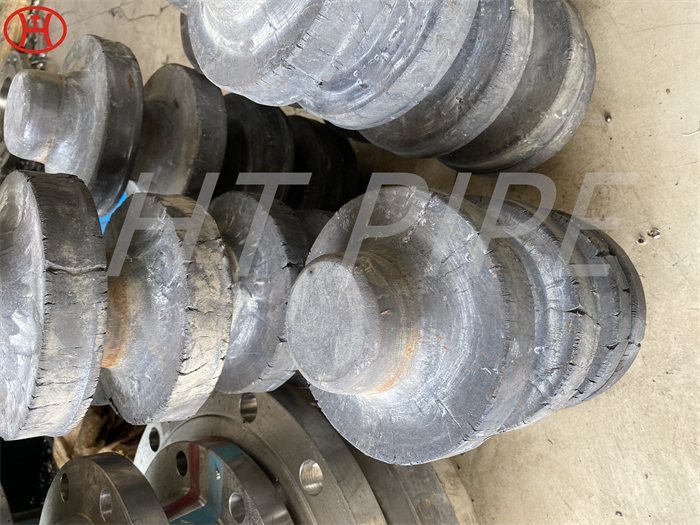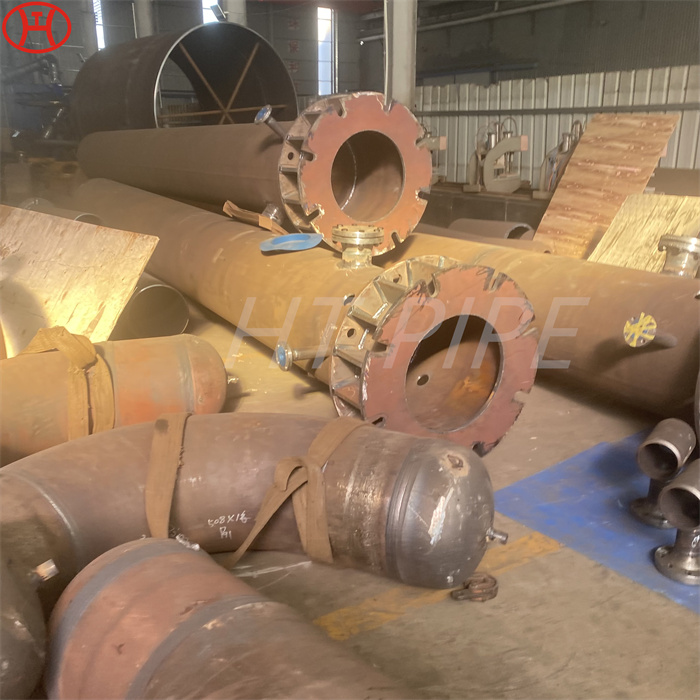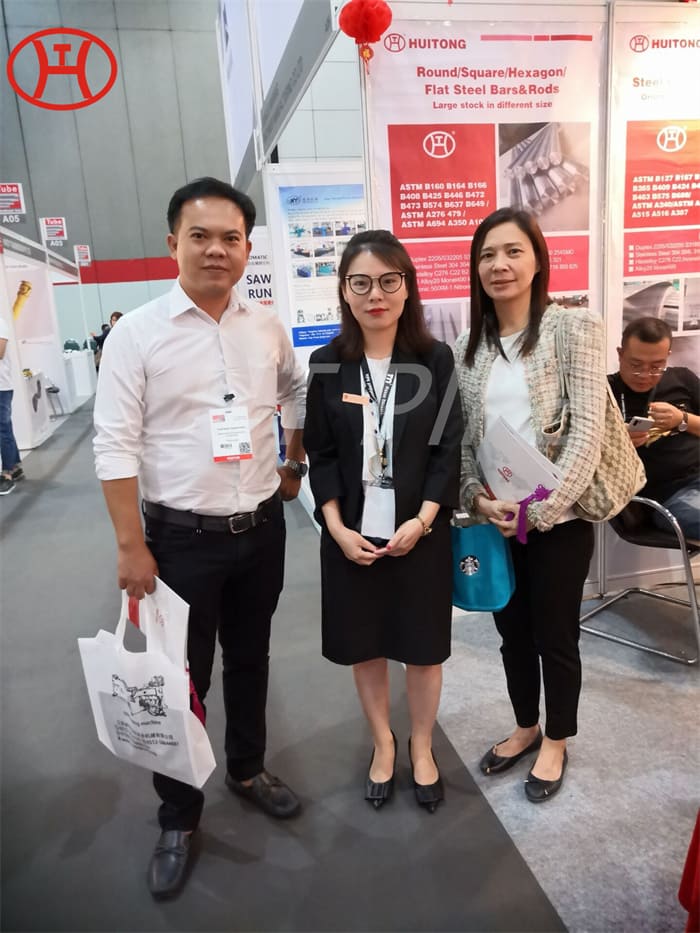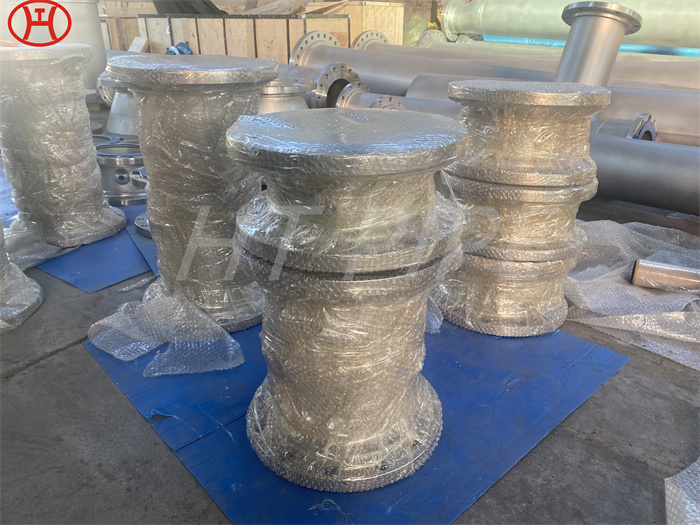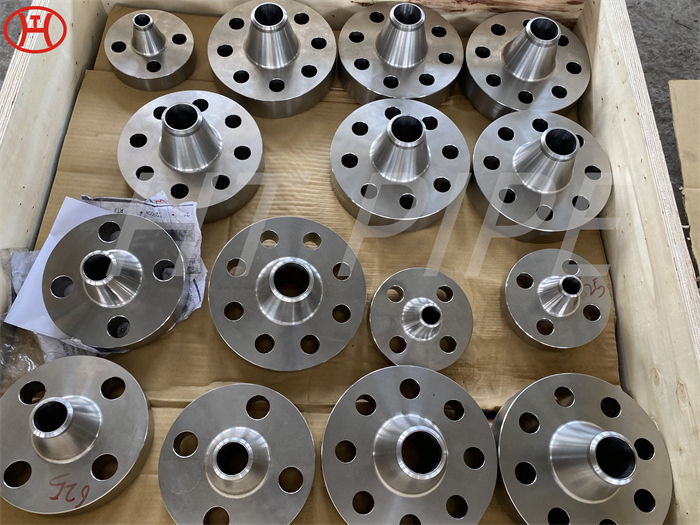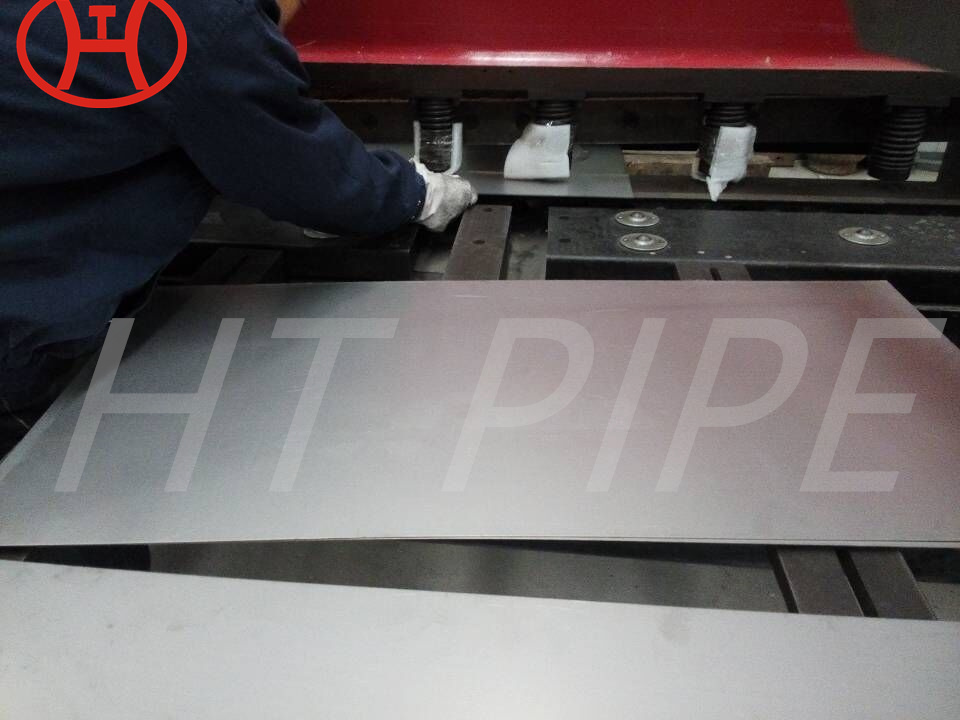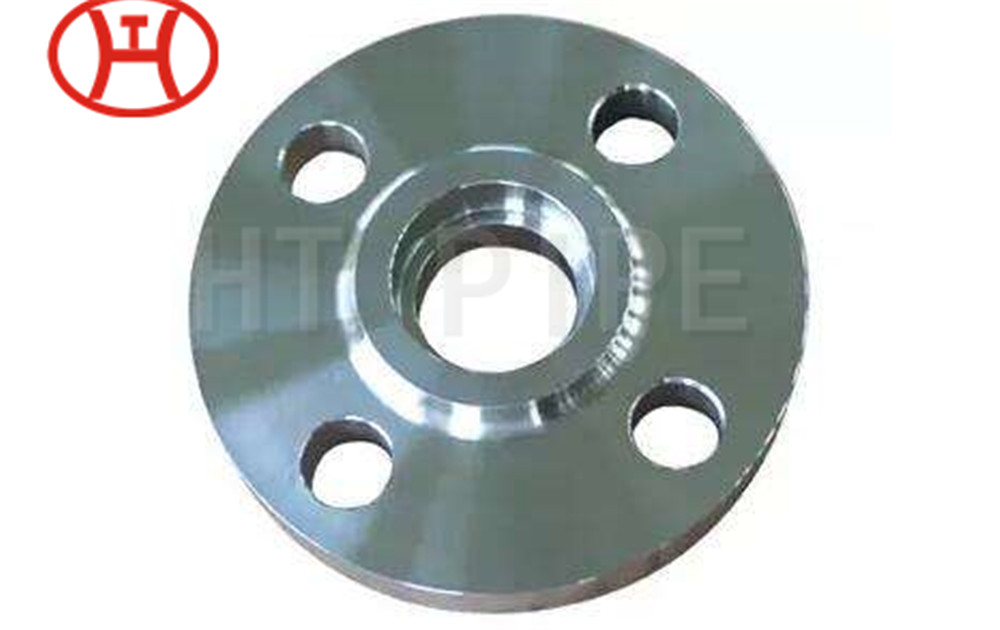UNS N010675 Class 150 Flanges Raised Face
B3 Hastelloy Flanges has some excellent features to offer like fine finish, accurate range, and durable.
Hastelloy Flanges exhibit outstanding tolerance to pitting and stress corrosion cracking into pure and non-oxidizing acids. The Hastelloy B3 Flanges are a slight upgrade to this grade, and this flange type showcases greater thermal stability than the B2 grade flanges. Our team uses the innovative ideas to offer the best services to our clients¡¯ at most affordable rates. We are providing Hastelloy B3 Flanges in numerous types, shapes, sizes, dimensions and specifications that fulfil all the demands of industries. Hastelloy B3 Threaded Flanges (UNS N10675) has great resistance to knife¨C line and heat ¨C affected zone attack. Hastelloy B3 Slip On Flanges has a special chemistry designed to accomplish more thermal stability than B-2 alloy, resulting in easier fabrication. Having decades of experience in the production, dealing and supply of products has made us push the boundaries of innovation aim for providing better products further. The experts at our factory units are constantly innovating the traditional structure of product creation.









































































































